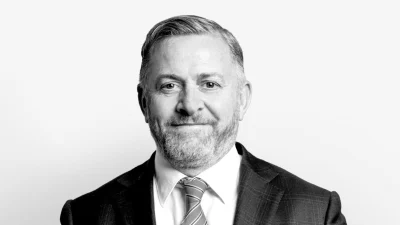S&P questions transparency of quant strategies
The latest Standard & Poor’s (S&P) peer group review into quantitative Australian equities managers has brought the transparency of some managers into question.
“While S&P has not lost conviction in quantitative investment processes, managers are becoming less transparent when it comes to discussing the investment signals that they incorporate into their models,” S&P fund analyst Justine Gorman said.
Quantitative modelling relies heavily on the manager’s ability to generate new ideas and modelling techniques, however in an increasingly competitive environment, it can be difficult to use signals that no other manager knows about.
The result of multiple managers using the same signals is that alpha opportunities start to fade.
“As more and more quant and hedge-fund managers use similar signals, the alpha opportunities can be disposed of using arbitrage,” Gorman said.
“Some managers are now using algorithmic trading not only to improve the efficiency of trades, but also to maintain the order anonymity.”
Gorman added that most quant managers now use a range of investment opportunities to deliver a number of small portions of alpha.
The review, which covers six strategies from five managers, resulted in two unchanged ratings, three downgrades, and one new rating, with Acadian, BGI, Goldman Sachs JBWere, and MIR all receiving four stars.
Recommended for you
AZ NGA has partnered with an Adelaide-based accounting and financial planning practice as it expands its presence in South Australia.
The central bank has released its decision on the official cash rate following its November monetary policy meeting.
ASIC has cancelled the AFSL of a Melbourne-based managed investment scheme operator over a failure to pay industry levies and meet its statutory audit and financial reporting lodgement obligations.
Melbourne advice firm Hewison Private Wealth has marked four decades of service after making its start in 1985 as a “truly independent advice business” in a largely product-led market.










